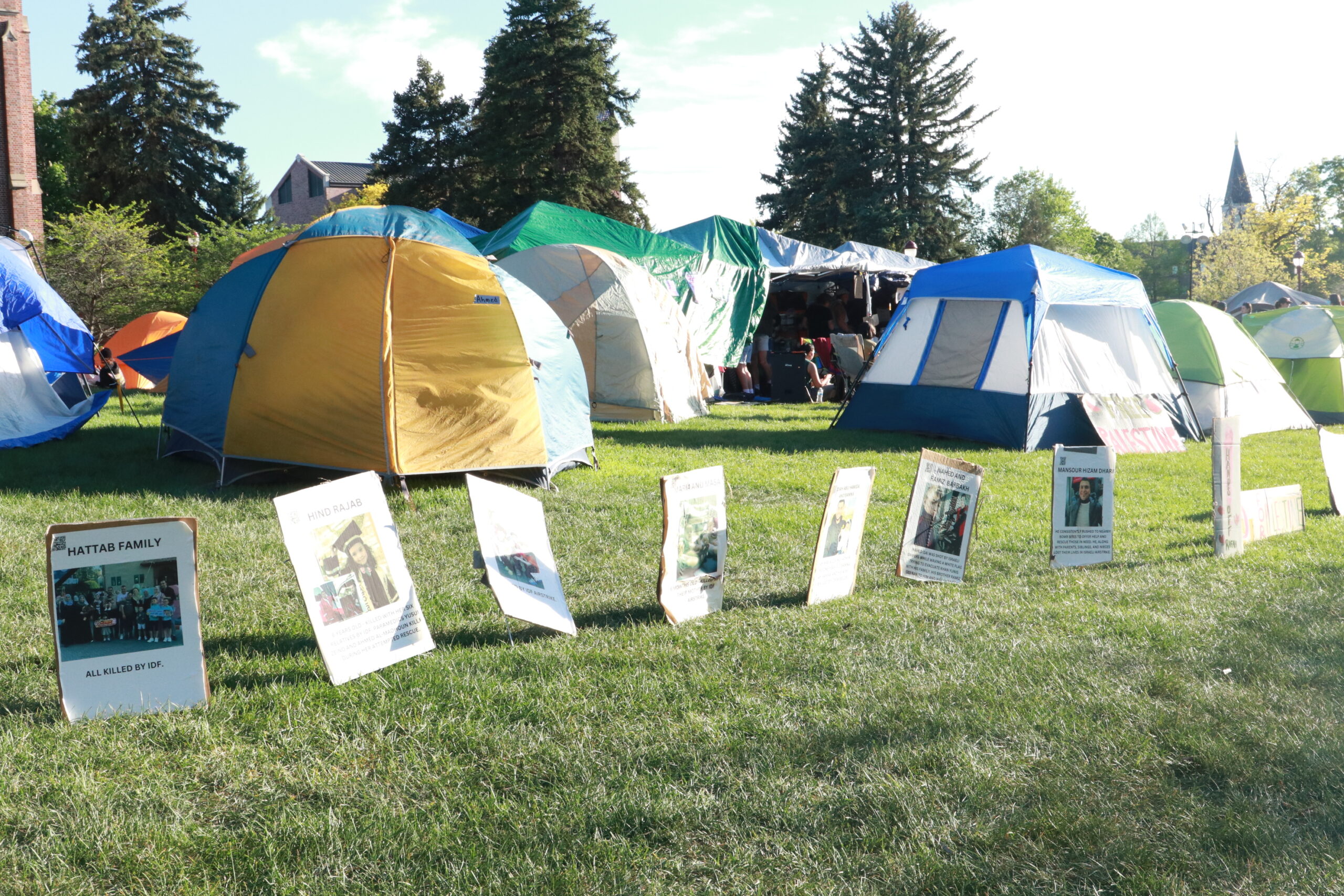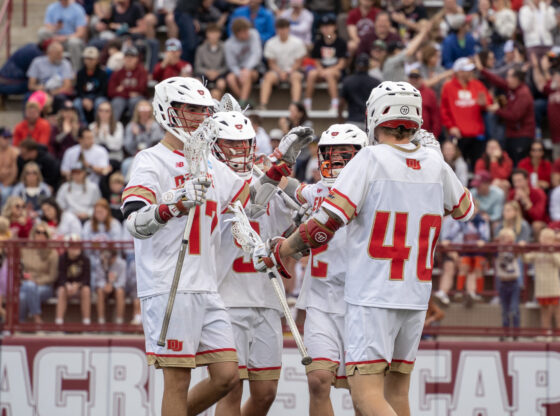Last week worker broke ground for the much-anticipated Transportation Expansion Project (T-REX) that will change the face of transportation in the southeast Denver metro area.
The first undertaking of its kind in Colorado, T-REX brings together the Colorado Department of Transportation (CDOT), the Regional Transportation District (RTD), the Federal Highway Administration (FHWA) and several city and county governments in order to accomplish a complex goal. The $1.67 billion project, funded without any new or increased taxes, will simultaneously expand freeway transportation and mass transit in the 19-mile southeast corridor between summer 2001 and June 2008.
The project will entail major improvements on I-25 from Lincoln Avenue in the south to Broadway downtown, and on I-225 from I-25 to Parker Road, as well as Light Rail expansions following both roadways.
The expansion will leave the affected portion of I-25 with four to five lanes of through traffic in each direction and will put three lanes of through traffic in each direction into the affected portion of I-225. Two-track Light Rail lines will run parallel to the freeways.
The I-25 / I-225 interchange will also be completely redesigned.
Cited as the fourteenth most congested interchange in the United States, it will be rebuilt to eliminate the current left-lane merge from I-225 onto I-25 with flyover ramps for both freeway and Light Rail traffic.
Governor Bill Owens expressed his enthusiasm for the efficiency of the project.
“Under the old way of financing highway projects, it would have taken 17 years to fund and build T-REX. Now, thanks to our ability to issue bonds, the contractor has pledged we will finish this project in less than five years. This is the model we should use for future transportation projects in Colorado,” Owens said.
In 1992, the Denver Regional Council of Governments (DRCOG) commissioned a study of the regional traffic situation. The study found that traffic growth in the southeast corridor had far exceeded all projections and had already breached the intended capacity of the freeway system (about 180,000 vehicles per day). This wake-up call prompted several more studies, and voters approved funding for the project in 1999.
Today, more than 230,000 vehicles use the southeast corridor every day. An estimated 210,000 people work in downtown, the southeast business district (which includes the Denver Tech Center, Greenwood Village and Inverness) and the communities in between.
Forecasters expect that downtown and the Tech Center alone will add another 150,000 jobs in the next two decades. Experts estimate that, without the T-REX improvements, travel time and congestion in the area would double in the next ten years.
To accommodate the freeway expansion, several bridges will have to be demolished and reconstructed. Demolitions are planned for the bridges at Logan, Washington, Emerson, Downing, Franklin and Steele streets as well as Louisiana, Evans and Quincy avenues. The I-25 bridge over University Boulevard will also be rebuilt. Besides the demolitions, rehabilitations and improvements are planned for at least eight other bridges, including the one at Colorado Boulevard.
With groundbreaking over, T-REX will now begin to get moving. Three ramps at Downing, Emerson and Washington streets are scheduled to close at 10:30 p.m. on Oct. 14 and remain closed until sometime in 2005. Both the Steele and Franklin street bridges are scheduled for demolition sometime in winter 2001-02.
Other construction projects with varying closures should take place this fall and winter at Orchard and Arapahoe roads, Belleview, Yale and Hampden avenues, and Buchtel, University and Colorado boulevards.











